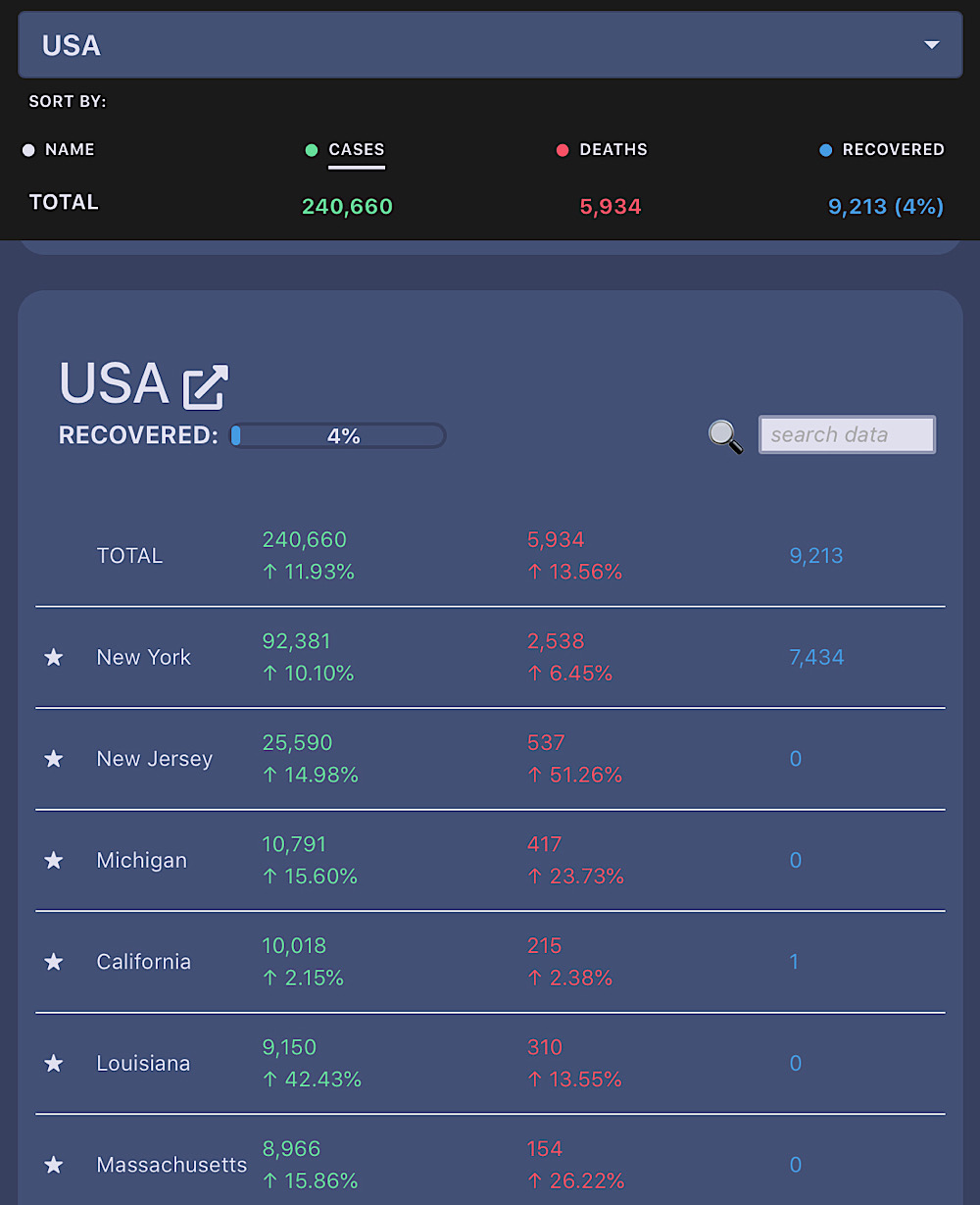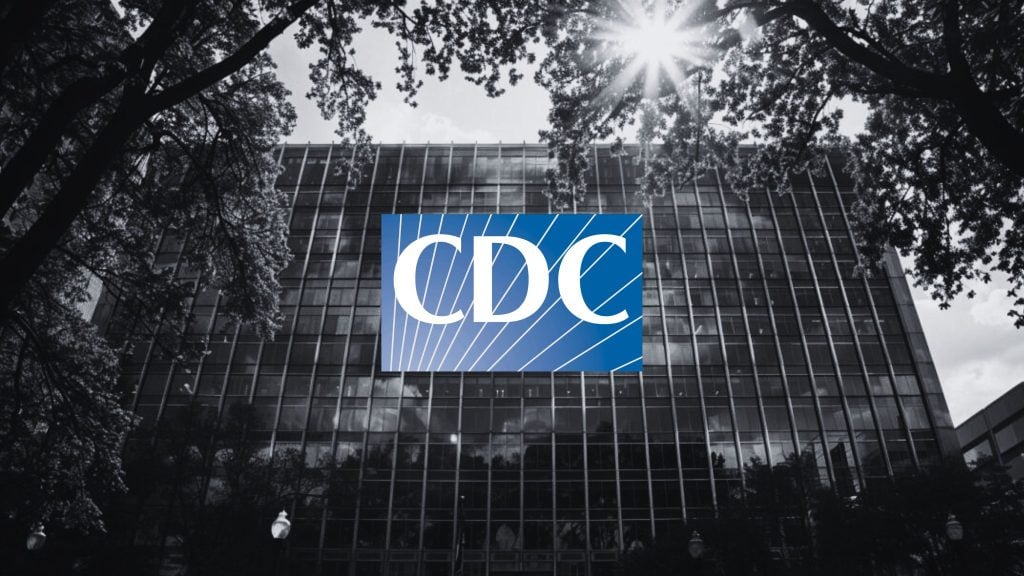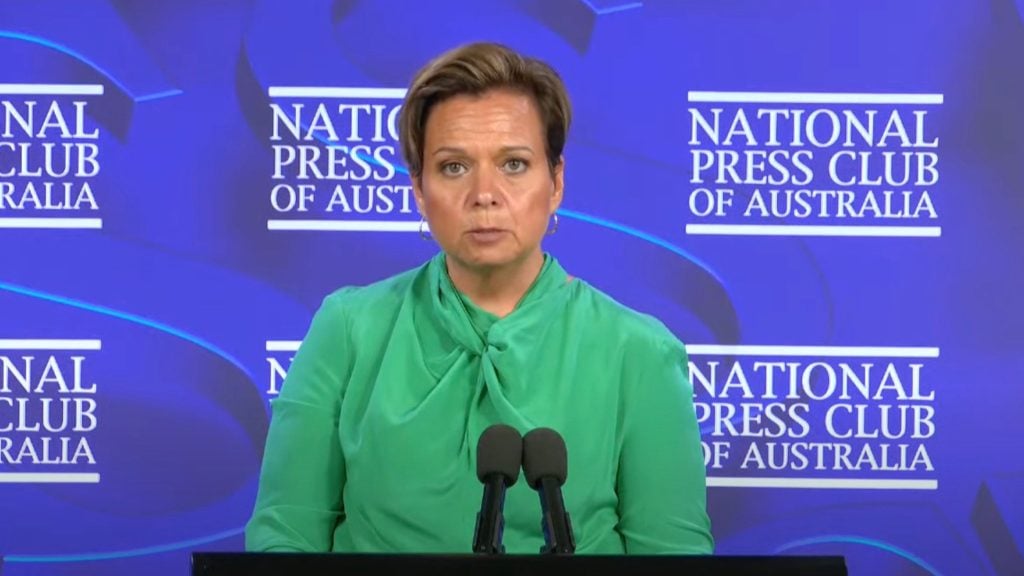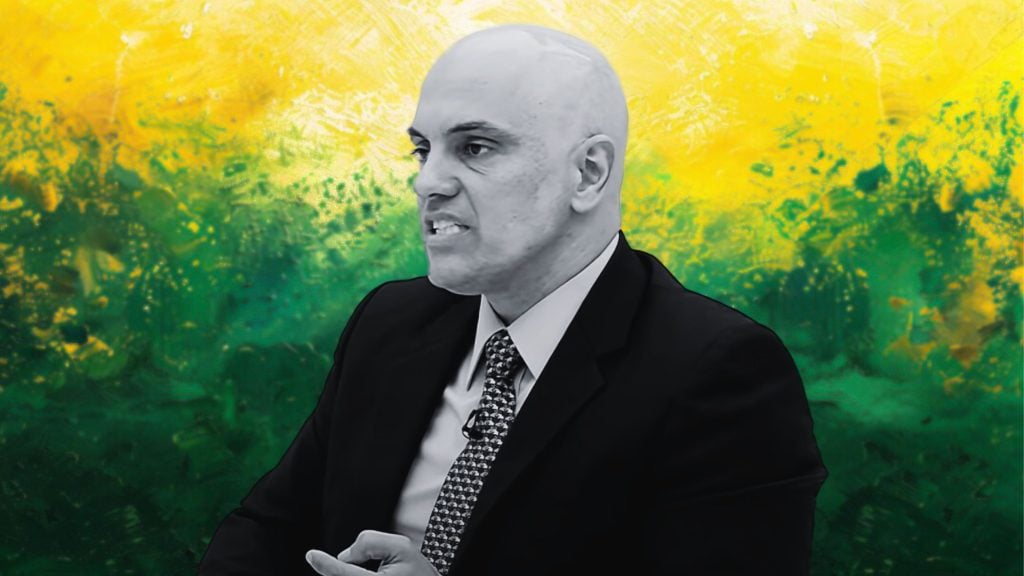Big tech’s coronavirus rule changes are furthering the two-class system around the creation, distribution, and monetization of online content.
The legacy media class gets preferential treatment in big tech’s algorithms, exclusive access to monetization options, special access to ad programs, and are often allowed to skirt the rules.
Meanwhile, the independent creator class gets suppressed by big tech’s algorithms, doesn’t get any privileged access to monetization options and ad programs, and will often face harsh punishments for coming anywhere close to breaking the rules.
But creators that go outside of the big tech platforms are still finding massive success with coronavirus content.
Here’s a breakdown of how big tech’s rules have ushered in a two-class system for content creators over the last couple of months and how it’s creating massive opportunities for independent creators that step outside of it:
Big tech’s two-class system of online content distribution

Facebook and Instagram announced last week that they won’t feature coronavirus content in their recommendations unless the content comes from what they deem to be a “credible” source.
On YouTube, legacy media outlets that are deemed to be authoritative get priority placement in search, recommendations, and its coronavirus news shelf which appears in a prominent position on the homepage.
This preferential treatment for these pre-selected sources results in independent creators being suppressed in big tech’s algorithms.
Additionally, these independent creators often have their content blocked or removed under big tech’s rules.
On Twitter, over 1,000 tweets have been removed since it introduced stricter rules around the coronavirus.
And Twitter is also blocking some coronavirus links to content that was created by people outside the legacy media class.
Big tech’s two-class system of online content monetization

In early March, YouTube announced that it would be picking and choosing which channels are allowed to monetize coronavirus content with a “range of news partners” instantly qualifying for monetization.
And after allowing these news partners in the legacy media class to monetize their videos for almost a month while still automatically demonetizing independent creators, YouTube finally announced that all creators would be allowed to monetize coronavirus content…with some caveats.
These caveats include videos that contain what YouTube deems to be “medical misinformation” or “distressing footage” not being eligible for monetization.
Not only is the legacy media class often allowed to monetize before independent creators but some legacy media outlets are also pressuring advertisers to grant them even further privileges by whitelisting them for coronavirus ads.
Big tech’s two-class system of access to online ads

Google announced today that it would be lifting its ban on coronavirus topics for “some advertisers.”
Currently “hospitals, medical providers, government entities and NGOs” are allowed to run coronavirus ads and ”other advertisers including political organizations” will soon be permitted to run ads related to COVID-19.
Independent creators and smaller businesses seemingly still won’t be allowed to run ads.
Creators are succeeding outside of this two-class system

While this two-class system is creating limits for independent creators that stay inside it, those who decide to operate outside of big tech platforms are finding massive successive with coronavirus content.
Since February, several creators have set up popular coronavirus websites that have generated hundreds of thousands of views in their debut month, according to stats from web analytics service SimilarWeb.
These websites include:
- Gab Trends Coronavirus Command Center: A people-powered coronavirus news aggregator
- The Coronavirus App: A dynamic coronavirus mapping app that pulls in all the latest coronavirus stats
- ncov2019.live: A coronavirus stats website which contains maps, graphs, and more
The rapid success of these sites shows that despite big tech’s coronavirus crackdown, there’s still plenty of opportunity for independent creators that operate in a way that isn’t beholden to big tech’s rules.
If you're tired of censorship and dystopian threats against civil liberties, subscribe to Reclaim The Net.









